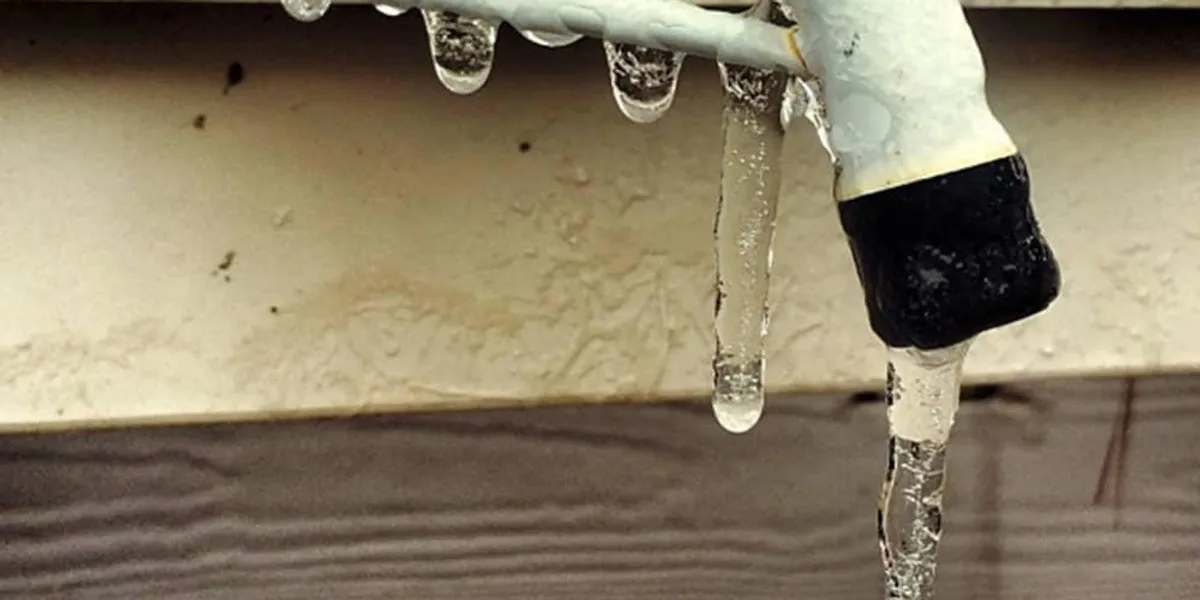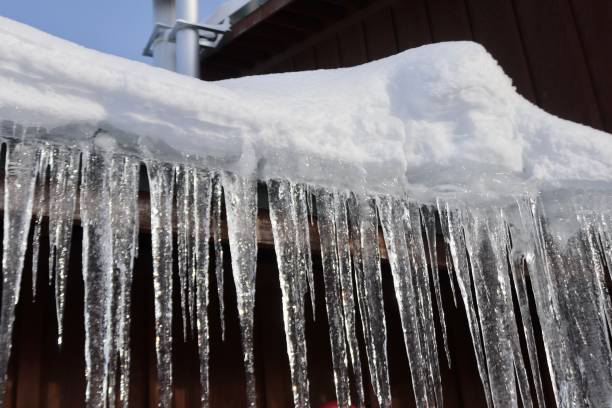Essential Tips to Avoid Frozen Plumbing in Winter: Specialist Guidance
Essential Tips to Avoid Frozen Plumbing in Winter: Specialist Guidance
Blog Article
Every person maintains their personal piece of advice with regards to Winter Plumbing Precautions: Preventing Frozen Pipes.

Winter can ruin your pipes, specifically by freezing pipelines. Right here's exactly how to avoid it from occurring and what to do if it does.
Introduction
As temperature levels decline, the danger of frozen pipelines rises, potentially causing expensive repairs and water damages. Comprehending how to stop frozen pipes is critical for house owners in cold environments.
Understanding Frozen Pipes
What creates pipelines to freeze?
Pipelines freeze when revealed to temperature levels listed below 32 ° F (0 ° C) for expanded periods. As water inside the pipelines ices up, it increases, taxing the pipe walls and potentially creating them to rupture.
Dangers and damages
Icy pipelines can result in supply of water disruptions, property damages, and costly repair work. Ruptured pipes can flooding homes and trigger extensive architectural damage.
Indicators of Frozen Pipeline
Identifying icy pipes early can prevent them from bursting.
How to identify frozen pipelines
Look for lowered water circulation from faucets, uncommon odors or sounds from pipes, and noticeable frost on subjected pipelines.
Avoidance Tips
Shielding vulnerable pipes
Cover pipelines in insulation sleeves or use warmth tape to shield them from freezing temperatures. Focus on pipelines in unheated or exterior locations of the home.
Heating strategies
Keep interior areas sufficiently heated, particularly locations with plumbing. Open up cabinet doors to enable cozy air to circulate around pipelines under sinks.
Shielding Outdoor Pipes
Yard hose pipes and outside taps
Detach and drain yard tubes prior to winter months. Install frost-proof faucets or cover exterior faucets with shielded caps.
What to Do If Your Pipelines Freeze
Immediate actions to take
If you suspect frozen pipelines, maintain faucets available to relieve pressure as the ice melts. Use a hairdryer or towels soaked in hot water to thaw pipelines gradually.
Long-Term Solutions
Architectural changes
Take into consideration rerouting pipelines away from exterior wall surfaces or unheated locations. Add extra insulation to attic rooms, cellars, and crawl spaces.
Upgrading insulation
Invest in high-grade insulation for pipelines, attics, and wall surfaces. Appropriate insulation helps keep constant temperature levels and minimizes the risk of icy pipes.
Verdict
Stopping icy pipes calls for proactive actions and quick actions. By understanding the reasons, indicators, and preventive measures, house owners can protect their plumbing during cold weather.
5 Ways to Prevent Frozen Pipes
Drain Outdoor Faucets and Disconnect Hoses
First, close the shut-off valve that controls the flow of water in the pipe to your outdoor faucet. Then, head outside to disconnect and drain your hose and open the outdoor faucet to allow the water to completely drain out of the line. Turn off the faucet when done. Finally, head back to the shut-off valve and drain the remaining water inside the pipe into a bucket or container. Additionally, if you have a home irrigation system, you should consider hiring an expert to clear the system of water each year.
Insulate Pipes
One of the best and most cost-effective methods for preventing frozen water pipes is to wrap your pipes with insulation. This is especially important for areas in your home that aren’t exposed to heat, such as an attic. We suggest using foam sleeves, which can typically be found at your local hardware store.
Keep Heat Running at 65
Your pipes are located inside your walls, and the temperature there is much colder than the rest of the house. To prevent your pipes from freezing, The Insurance Information Institute suggests that you keep your home heated to at least 65 degrees, even when traveling. You may want to invest in smart devices that can keep an eye on the temperature in your home while you’re away.
Leave Water Dripping
Moving water — even a small trickle — can prevent ice from forming inside your pipes. When freezing temps are imminent, start a drip of water from all faucets that serve exposed pipes. Leaving a few faucets running will also help relieve pressure inside the pipes and help prevent a rupture if the water inside freezes.
Open Cupboard Doors
Warm your kitchen and bathroom pipes by opening cupboards and vanities. You should also leave your interior doors ajar to help warm air circulate evenly throughout your home.

Hopefully you enjoyed reading our topic about 6 Ways to Prevent Frozen Pipes. Thanks a ton for taking time to read through our article post. Are you aware of anybody else who is looking into the subject? Why not share it. Kudos for being here. Come back soon.
Call Today Report this page